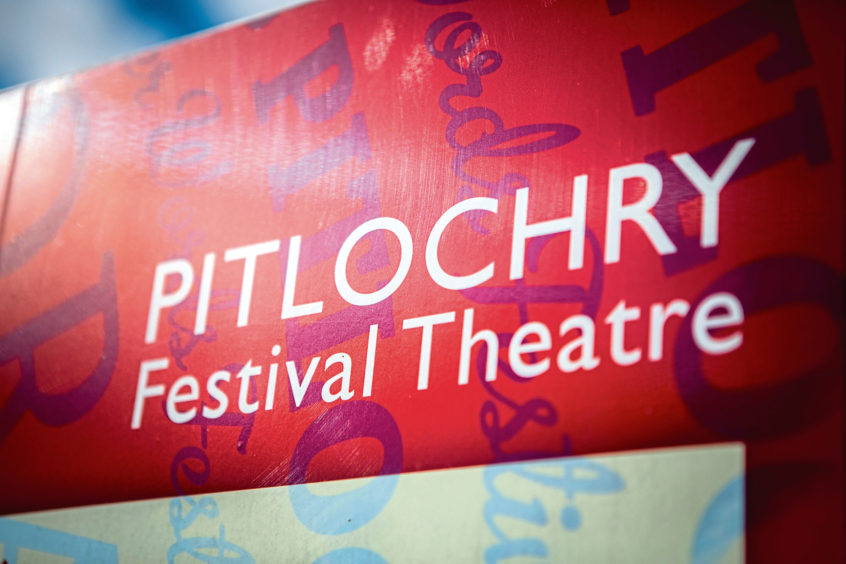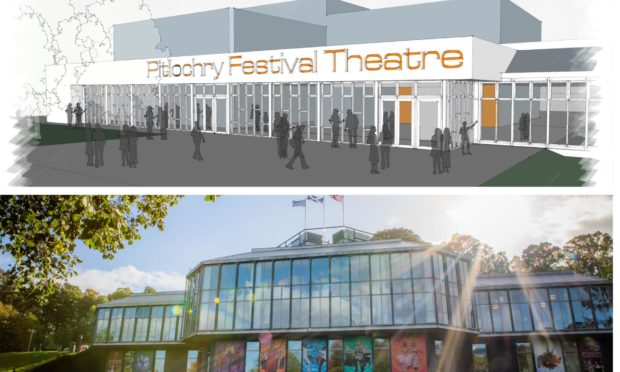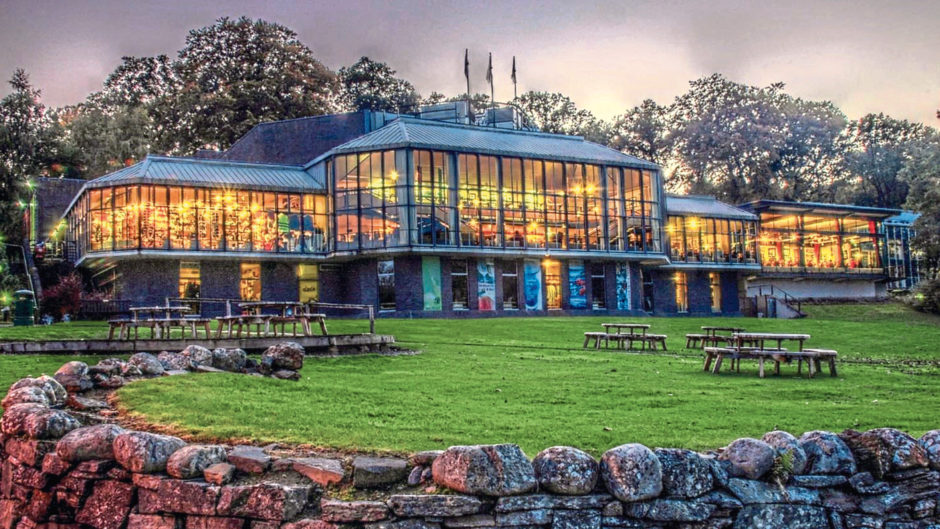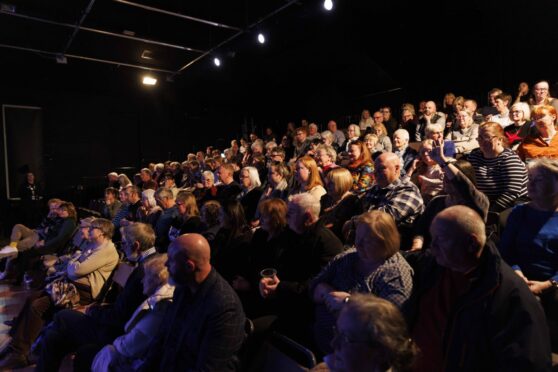The show will go on in Highland Perthshire as a £2.5 million expansion at Pitlochry Festival Theatre has been rubberstamped.
Grand plans for a second performance space at the Pitlochry arts venue were approved by planning officers just in time for Christmas.
This means that construction crews will soon be expected to get to work building a second performance space and front of house extension at the famed Port-Na-Craig Road theatre.
The project is funded by Dunard Fund and Gannochy Trust, and forms part of the theatre’s match-funding of the £10m capital funding committed to the future of the venue through the Tay Cities Deal.
Crews will be working quickly towards a target opening date of May 2021.
Elizabeth Newman, the theatre’s artistic director, said: “We pride ourselves on being a theatre that grows three things – plays, plants, and people.
“This project will help us continue this mission and to be a true theatre for a lifetime sharing Pitlochry with the world and the world with Pitlochry.”

Pitlochry Festival Theatre made 39 of its 98-strong workforce redundant this summer and against a backdrop of concern for the future of arts and entertainment venues as they attempt to stay afloat in the coronavirus crisis.
Now, theatre bosses say they want to be “a beacon of hope” for the industry.
The extension will include the formation of a second performance space in the form of an accessible 175-seat studio. Management hope to use the flexible new space to showcase the latest writing and touring productions from across Scotland and beyond.
Plans for the new studio space and front of house extension were designed by Suzie Bridges Architects, based in London’s West End. The company specialises in refurbishing theatres and have previously worked on Victoria Palace Theatre, Theatre Royal, Drury Lane and Cast in Doncaster.
Amongst those backing the investment is the Theatre Trust, who wrote to Perth and Kinross Council’s planning officers urging them to approve the blueprints.
It read: “The Pitlochry Festival Theatre is a significant cultural asset for its surrounding communities and attracts a number of people into the area, particularly for its summer season.
“It was founded originally in 1951, originally within a tent, with the current permanent building following 30 years later which was remodelled in 1993 and refurbished in 1999.
“We consider the theatre to have special architectural interest which could be considered worthy of listing.”











